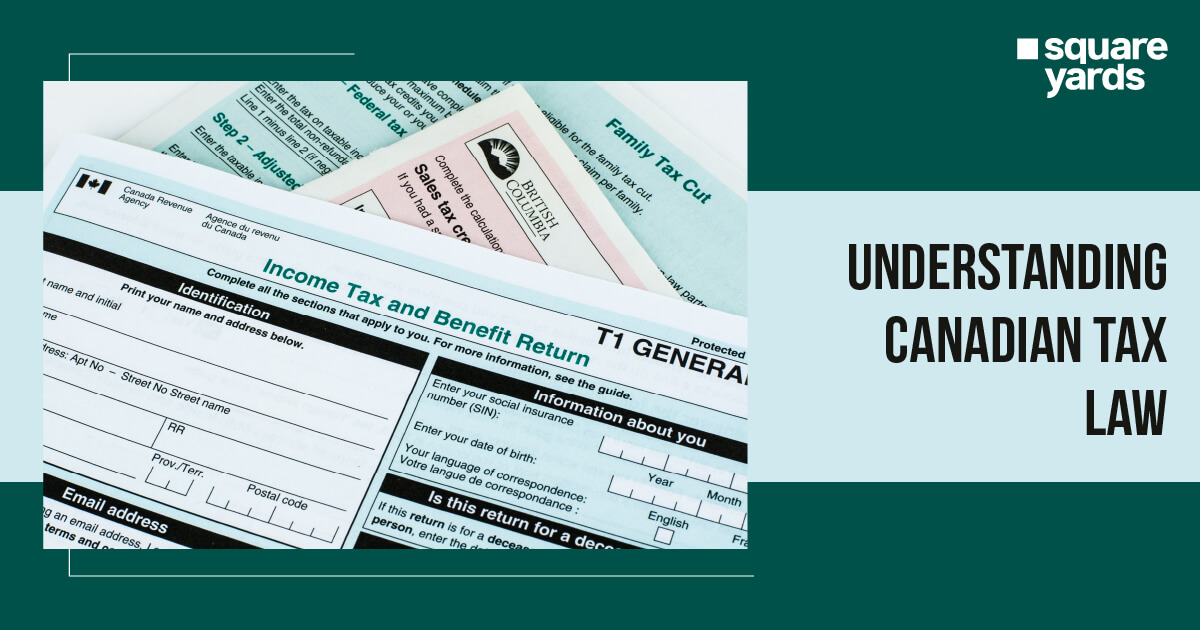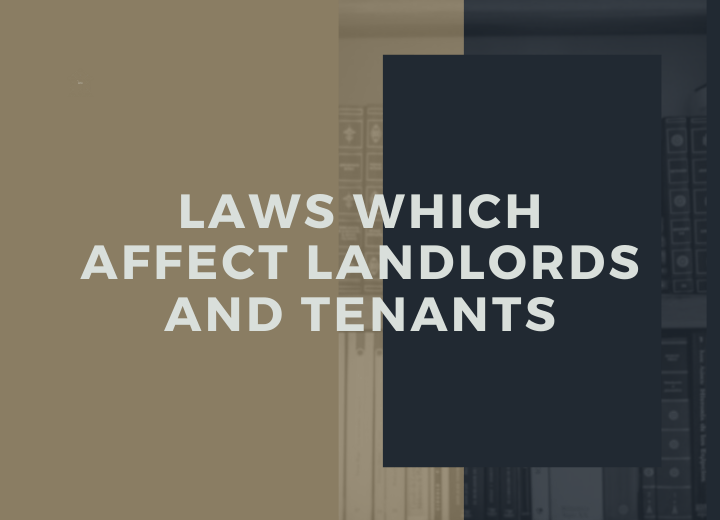Canada has established a system of rights and regulations that protect the interests of its employees. All the people working in Canada have the right to be treated fairly in the workplace without discrimination. To achieve this effect, the Canadian employment law defines the legislation responsible for maintaining the employment relationship in the defined region.
In this article, we will take you through the Canadian labour laws, their concepts, some of the basic employment rights that the employees have, and general employment rights.
Concepts of Canadian Employment Law
These are some of the basic concepts of Canadian employment law.
-
Unionised Employees and Non-Unionised Employees
Unionised employees have a separate set of obligations and rights in Canada which are generated under the operation of the statute. Non-unionised employees are bonded by an agreement or contract, made directly between the employer and employee.
-
Statutory Jurisdiction
According to the Canadian employment law, employees who work for the Undertakings or Federal Works are managed under the federal legislation. This area of jurisdiction covers telecommunications and broadcasting, banks, interprovincial transportation and matters of national importance.
-
Statutory Minimum Requirements
The eleven jurisdictions that are mentioned in the Employment Standards Acts or Codes have statutory minimum provisions. These are applicable universally and the parties are not legally allowed to break these contracts of employee protection.
-
The Common Law
The employment rights related to the common Canadian labour law are contractual obligations and rights of both employers and employees that become a part of their job contracts. The Canadian labour laws state that the common law does not apply to unionised workers.
Basic Employment Rights
Certain basic employment standards like minimum wages, hours of work, severance positions, vacation and sick days are established by law in Canada. This law ensures that these minimum standards define and guarantee employee rights in the workplace. 90% of the workers in Canada are protected by the employment laws of their territory or province. Every province or territory has its own legislation that covers employee rights.
The remaining 10% of the Canadian employees work in federally regulated places. So, the employees’ rights here fall under the jurisdiction of the Labour Program which administers the federal labour standards. These Canadian labour laws define the conditions of employment in the federally regulated place of work.
Employment Equity and Discrimination
Established in 1985, the Canadian Human Rights Act (CHRA) does not allow discrimination based on ethnicity, race, age, gender and other grounds. Another law, the Employment Equity Act (EEA) which falls under the jurisdiction of the Department of Justice Canada, protects the rights of four sections of people. These are people with disabilities, women, visible minorities and aboriginal people.
Both these establishments work hand in hand with each other. The major difference between the two organisations is that the CHRA prevents discrimination in general. On the other hand, the EEA urges employers to use measures that protect the rights of the four designated sections of people.
- While hiring, an employer must ensure that they comply with the human rights legislation and the employees must only be assessed based on their experience, merit and skills. They must not be assessed based on their characteristics that are not related to the workplace or job rights that they have exercised.
- The employee and the employer must mutually agree on the contract of employment without coercion as per the Canadian employment law.
- Keeping the employment contract or the employment standard legislation in perspective, an employee can voluntarily terminate their employment by providing notice.
- The employees must be citizens of Canada, holders of a class of visa, or permanent residents that permit them to legally work in Canada.
- Employers must review the pay rates regularly to ensure that the employee wages do not drop below the minimum wage prescribed by the employment standards legislation.
- The employee termination process has to be carried out in accordance with the protections under the human rights legislation and employment standards. Employees can also add protection as per the common law.
General Canadian Employment Rights
Let’s have a look at the most basic employee rights as per the Canadian employment law.
-
Employment Contract
The Canadian employment law and statutes regulate employment in all provinces and territories of Canada except for Quebec which follows the civil law. Apart from Quebec, the employment contract is followed in the English language. It is not mandatory to provide written employment contracts but most employers provide their employees with written contracts that define the terms of the relationship including the right to termination.
The legislation of employment standards of every territory or province defines the minimum statutory rights of employees which are also the implied terms of the agreement. But, the terms do not mean that the minimum requirements don’t allow the employers and employees to demand greater benefits or rights.
-
Payslip
The employees receive payslips both electronically and with confidential access at the time when they receive payslips. Depending on the employee’s preference, the payslip must be provided in English or French to the employee. The payslips must have:
- The pay period
- The number of hours for which the payment is made
- The employee wage rate for hourly payment
- Deductions made
- The sum of the amount paid after all deductions
- Gross wages and the way wages have been calculated
The employers who do not provide the payslips to their employees are fined CAD$25 per day. The maximum penalty is CAD$2,500 and the minimum penalty is CAD$100 according to the Canadian labour laws.
-
Flexible Working
The employees who work for federally regulated companies (like the radio/television, airlines, inter-territorial/provincial trucking, and Schedule 1 banks) are provided with a right to request flexible work arrangements from the employers. The number of hours worked, work location or schedule can be requested for alteration on a temporary or permanent basis under the flexible work arrangements.
-
Health and Safety
It is required by the employers to maintain a healthy and safe working environment for the employees. This is considered a legal responsibility and the employers have numerous obligations related to the operation, design, maintenance, use, and installation of protective devices, structures, buildings, equipment, machinery, and other things. Every jurisdiction has its own detailed standards concerning workplace safety and health, as defined by the Canadian employment law.
In the Ontario province, employees are prevented from being demoted, dismissed, or penalised for voicing safety and health concerns, asking for the enforcement of safety regulations, and for the refusal to perform unsafe work in accordance with the Occupational Health and Safety Act. If an employee is terminated for voicing out such concerns, they possess a statutory right to reinstatement.
-
Equal Pay
In Canada, it is illegal to pay one employee less than the other based on their gender if they perform the same duties and work in the same establishment; if their work demands substantially the same effort, responsibility, and skill; and if the work is being performed under similar conditions. Thus, in the majority of the territories and provinces, the employees who perform equal work are given equal pay (for instance British Columbia does not offer equal pay whereas Ontario does).
-
Scheduling Notice
It is compulsory for the employer to inform the employees about the change in the weekly schedule if any. The employees, whether salaried or hourly have to be notified of the new shift at least four days in advance. Depending on the circumstances, this notice may be given before a minimum of 24 hours (for instance in Saskatchewan, the minimum notice is a week and in Alberta, the minimum notice period is 24 hours).
-
Protection from Violence and Harassment
Employers and the policy committees (if there are any) are under the obligation of taking care of the welfare of their employees and establishing a safe working environment (mentally, verbally, and physically). Employers are obligated to create a policy that prevents violence and workplace harassment. They should also inform the employees about their rights if they feel that they have been discriminated against or are being harassed. Also, the employers are required to assess their workplace and identify risk factors, develop and implement preventative measures that will address the concerning risks. For instance, in Ontario, the legislation defines that the employers are allowed only 90 days to process the investigation related to the allegations.
It is also mandatory for employers to provide a training program to their employees that cover workplace violence and harassment. Employers cannot reveal the identity of the employer and are required to act on the complaint.
-
Protection Against Dismissal
Employers in Canada benefit from certain protections under the Canadian employment law against being dismissed. Employees who take certain leaves – that include and are not limited to maternity, domestic violence, parental, critical illness, and compassion – are protected from being dismissed at the time of leave. Also, the Human Rights Code offers protection from the dismissal of (1) motivated by a form of discrimination or (2) performed in punishment for the employee’s attempt to impose their rights as per human rights legislation.
You May Also Read
Frequently Asked Questions (FAQs)
Yes, the employees in Canada can be dismissed at any time without any apparent reason. But, according to the Canadian employment law, pay in lieu has to be provided.
As a Canadian employee, you have three basic rights: the right to participate; the right to know; and the right to refuse unsafe work, according to the Canadian employment law.
A federal law, the Employment Equity Act demands that federally regulated businesses and organisations offer equal employment opportunities to women, Aboriginal people, people with disabilities, and members of visible minorities.
As per the Canadian labour laws, the National Employment Standards (NES) are the minimum standards of employment under which a maximum of 38 hours per week of working and permission for flexible working arrangements are provided.
As per the Canadian employment law, an employee can work for a maximum of 48 hours per week. Can you get fired in Canada for no reason?
What are the 3 rights you have as a worker?
What is the Employment Equity Act in Canada?
What are the minimum standards of employment in Canada?
How many hours in a week can you work in Canada?









